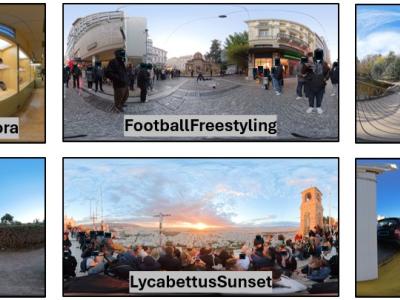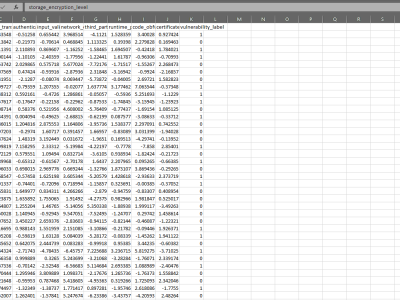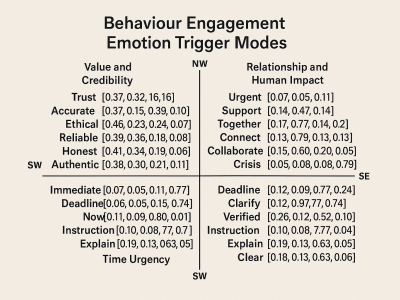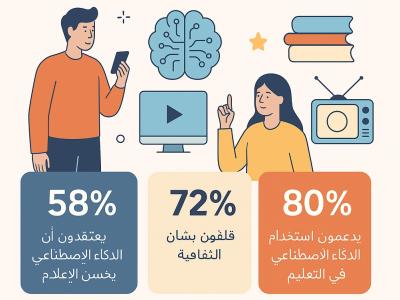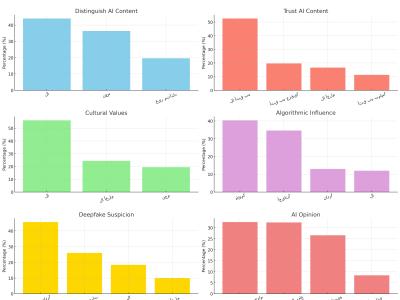
This paper investigates the integration of
deep learning-based volatility forecasting with portfolio
optimization strategies. We develop and evaluate a
framework that combines three neural architectures—
ResNet1D, WaveletCNN, and Temporal Convolutional
Autoencoder—with both classical mean-variance optimization and reinforcement learning approaches. Using
a comprehensive dataset spanning 2012-2025, we systematically analyze how different volatility-sentiment indicators (DIX, GEX, PCR, SKEW, VIX) and rebalancing
frequencies affect portfolio performance across eight
- Categories:
